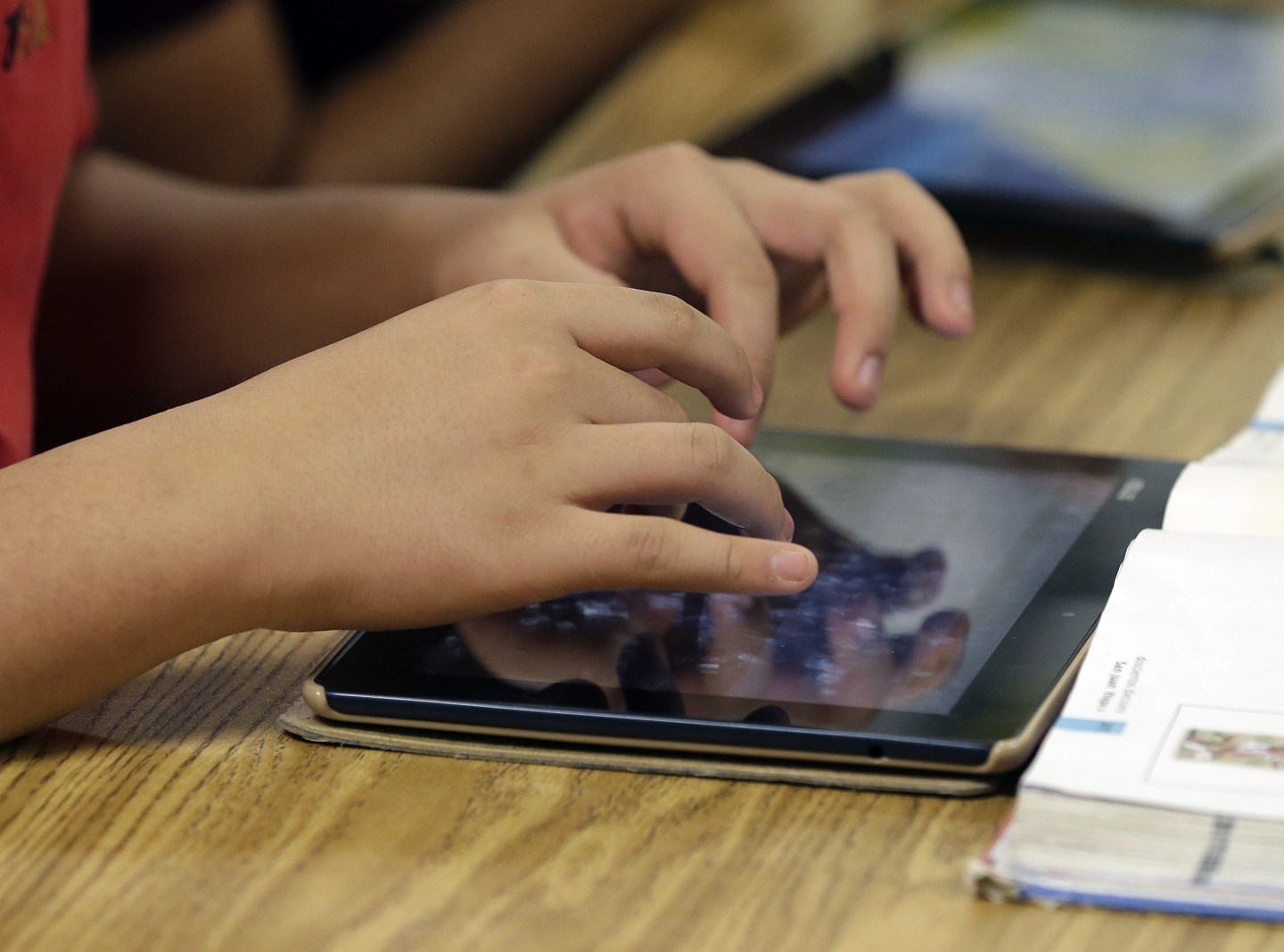Imagine a classroom where the learning experience is tailored to each student's unique needs, much like a bespoke suit. This vision is not just a dream but a burgeoning reality, thanks to the innovative potential of artificial intelligence (AI) in education. At the heart of this transformation is the Centaur model, a remarkable AI system that, while not initially crafted for educational purposes, holds the promise to simulate human reasoning and revolutionize our understanding of student learning and instructional effectiveness.
The Centaur Model: A New Dawn for Learning
The Centaur model is a beacon of hope for educators and students alike. By mimicking human thought processes, it offers insights into how students learn, paving the way for personalized educational experiences. This model can analyze vast amounts of data to identify patterns and predict outcomes, enabling educators to tailor their teaching strategies to meet the diverse needs of their students.
"The Centaur model is a game-changer in education. It allows us to understand not just what students are learning, but how they are learning, which is crucial for developing effective teaching methods," said Dr. Emily Carter, an education technology researcher.
Investing in the Future of Education
To fully realize the potential of AI in education, a national strategy is essential. This involves significant federal investment in research at the intersection of AI, developmental science, and learning. By committing resources to this cause, we can develop models that not only enhance educational practices but also improve outcomes for students across the nation.
Such a strategy would support the creation of AI tools that are not only innovative but also equitable, ensuring that all students, regardless of their background, have access to the benefits of personalized education. This investment is not just an expenditure; it is an investment in the future of our society, cultivating a generation of learners who are equipped to thrive in a rapidly changing world.
A Call to Action
The time to act is now. By embracing AI and investing in its development for educational purposes, we can transform classrooms into dynamic environments where every student has the opportunity to succeed. As we stand on the brink of this educational revolution, the question is not whether we should invest, but how quickly we can make this vision a reality.
Originally published at https://www.realcleareducation.com/articles/2025/10/09/ai_can_transform_education_researchif_the_us_invests_now_1140176.html
ResearchWize Editorial Insight
The article "AI's Transformative Potential in Education" is a meaningful read for both students and researchers because it delves into the evolving landscape of education through the lens of artificial intelligence. It highlights the Centaur model, which offers a fresh perspective on how AI can simulate human reasoning to enhance learning experiences. This is particularly relevant for teachers who are constantly striving to meet the diverse needs of their students. The idea of tailoring education to individual learning styles and needs is not just a technological advance; it’s a step towards more inclusive classrooms where every student feels seen and supported.
For researchers, the article underscores the importance of interdisciplinary collaboration, particularly between AI, developmental science, and education. It calls for a national strategy and investment, which is crucial for developing AI tools that are not only innovative but also equitable. This is a reminder that research in education technology must prioritize inclusivity, ensuring that advancements benefit all students, regardless of their background.
In the classroom, this approach could transform how educators design their lessons, moving towards a more personalized and student-centered model. It encourages teachers to think about how they can leverage technology to better understand their students' learning processes and adapt their teaching methods accordingly. This is a call to action for educators to embrace these tools, fostering environments where every student has the opportunity to succeed.
Ultimately, the article is a beacon of hope and a call to action, urging us to invest in the future of education. It reminds us that the integration of AI in education is not just about technology; it's about creating a more inclusive and effective learning environment for all students.
Looking Ahead
Inclusion will be at the heart of this transformation. AI tools will help educators identify and support diverse learning needs, ensuring that no student feels left behind. Whether it's through adaptive learning platforms that adjust to each student's pace or translation tools that break language barriers, AI will create an environment where every voice is heard and valued.
Emotional well-being will also take center stage. AI-powered systems will monitor students' emotional cues, offering teachers insights to address stress or disengagement early. This gentle guidance will help create a nurturing atmosphere, where students feel safe to express themselves and explore new ideas.
As we move forward, the challenge will be to ensure these innovations are accessible to all, bridging gaps rather than widening them. By working together—educators, technologists, and communities—we can craft an educational landscape that is as rich and diverse as the students it serves.
Related Articles
- NSF grant to BC supports human-centered AI education
- As AI tools reshape education, schools struggle with how to draw the line on cheating
- Empowering music education with technology: a bibliometric perspective
📌 Take the Next Step with ResearchWize
Want to supercharge your studying with AI? Install the ResearchWize browser extension today and unlock powerful tools for summaries, citations, and research organization.
Not sure yet? Learn more about how ResearchWize helps students succeed.

